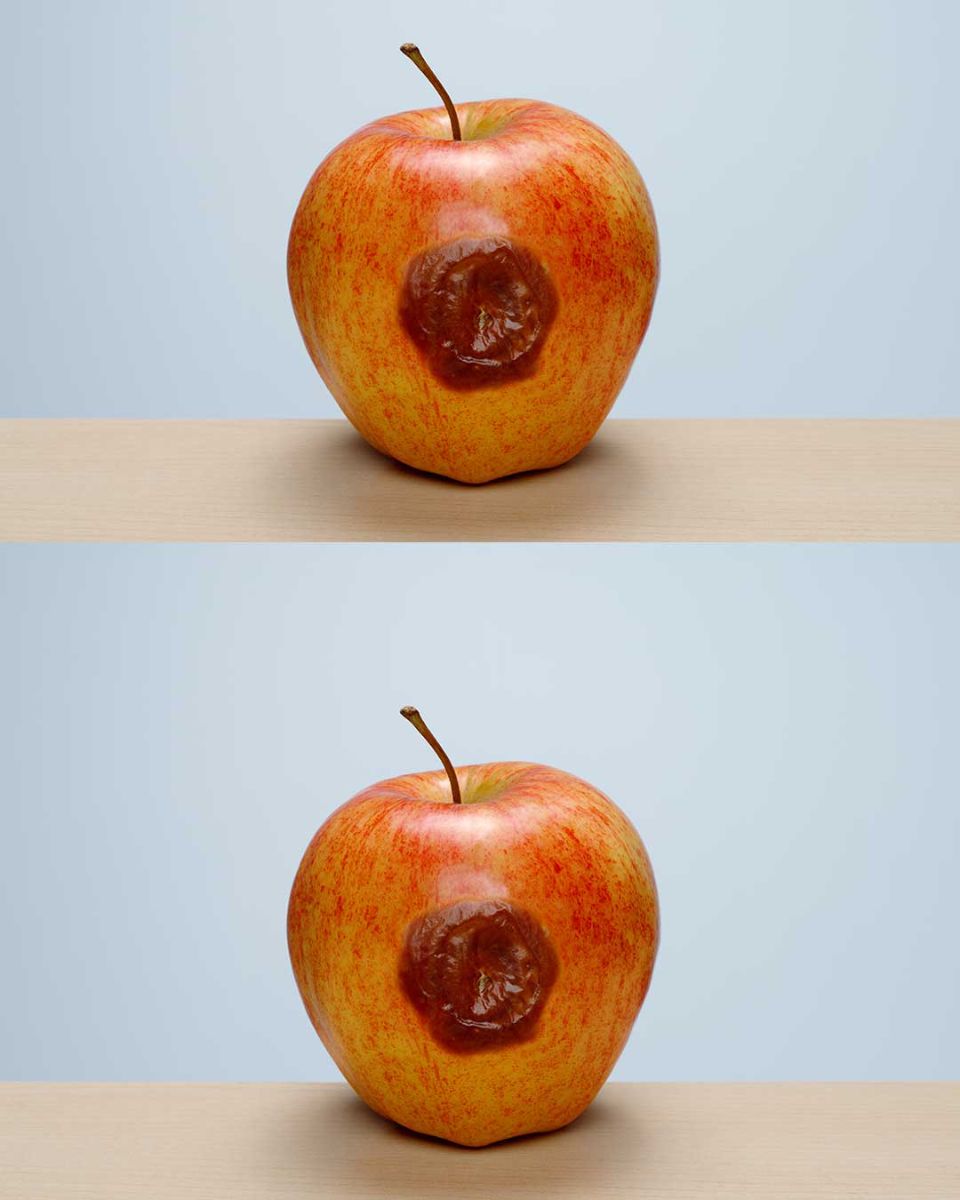ADVERTISEMENT
How to Tell If a Bruised Apple (or Any Fruit) is Unsafe to Eat
We’ve all been there—watching someone we care about eat a fruit that looks a little less than perfect, wondering if it’s still safe. Recently, I found myself in a bit of a dilemma when my mother-in-law insisted on eating an apple with noticeable bruising. While she shrugged it off, I couldn’t help but wonder: is it safe to eat bruised fruit, or is there a point where it becomes harmful? It’s a common concern, and knowing when bruised fruits are still fine to eat and when to toss them can help us make healthier and safer food choices.
In this article, we’ll explore how to tell if bruised apples and other fruits are still safe to eat, what causes bruising, and when you should discard fruit altogether.
What Causes Bruising in Fruit?
Bruising in fruit happens when it gets hit, dropped, or handled roughly, leading to the breakdown of the fruit’s cells. When fruit is bruised, the inner cells are crushed, causing the surrounding tissues to break down. This results in the brown or dark spots that we often see. While bruising doesn’t necessarily mean the fruit is unsafe, it can affect the texture and flavor. Bruised areas may soften and lose their crispness, which is especially noticeable in fruits like apples.
The main question, though, is whether this bruising indicates a health risk. Let’s look at how to tell if it’s safe or unsafe to eat bruised fruit.
When Bruised Fruit is Still Safe to Eat
In most cases, bruised fruit is perfectly safe to eat—especially if you catch it early. Here are some key signs that bruised fruit is still okay:
1. Minor Bruising with No Visible Mold
If the bruising is light, and there is no mold or foul odor, it’s generally safe to eat. The damaged part might be a bit mushy or discolored, but it doesn’t make the entire fruit unsafe. You can simply cut away the bruised areas, and the rest of the fruit should be perfectly fine.
For example, an apple with some bruising can still be eaten after you cut away the affected parts. If you’re making applesauce or a smoothie, bruising might not even be an issue as the texture of the fruit is often broken down anyway.
2. No Signs of Rot or Decay
Sometimes, bruised fruit starts to develop spots that are soft, moist, and maybe a little squishy. As long as you don’t see signs of decay like visible mold, foul smells, or unusual texture changes, it’s usually safe to eat. If you notice a slight softness or a discolored patch, cut those parts away and enjoy the rest.
3. Fruit That’s Still Firm Under the Bruise
If the fruit still feels firm or firm-ish under the bruised area, it’s more likely safe to eat. For instance, if an apple is slightly bruised but still has good firmness and crunch, it’s probably just as fine as a fruit that isn’t bruised at all. Just remove the bruised spot, and the rest should be safe and delicious.
For Complete Cooking STEPS Please Head On Over To Next Page Or Open button (>) and don’t forget to SHARE with your Facebook friends
